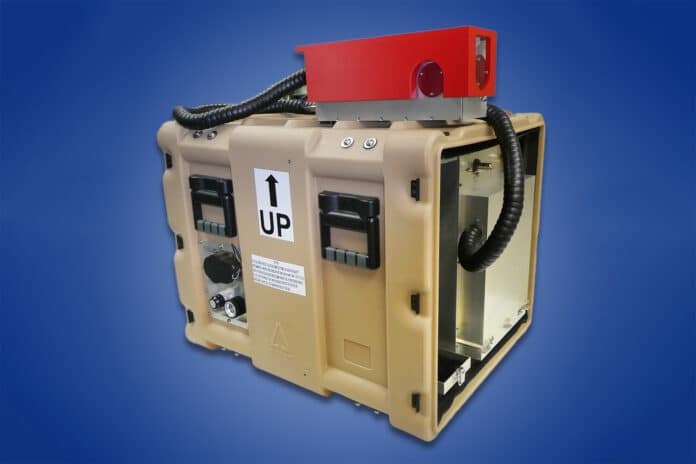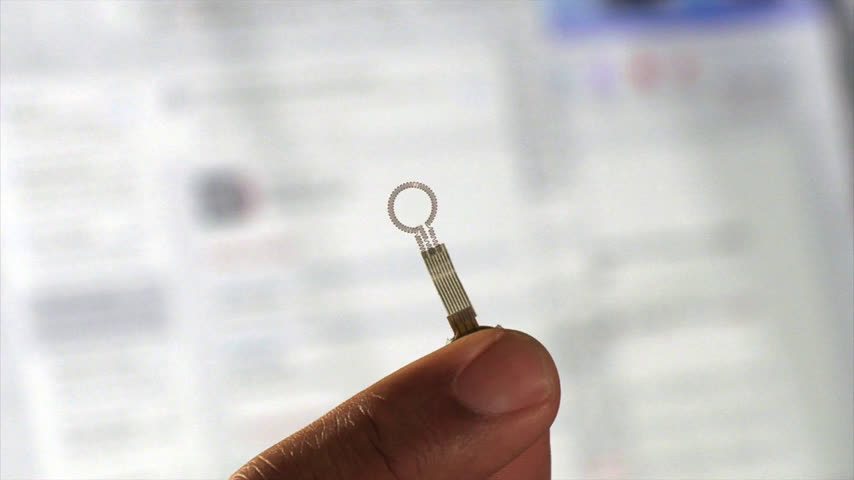Significant advancements have been made in voice recognition technologies like Alexa and Siri. However, these applications still do not incorporate sign languages for deaf and hard-of-hearing individuals.
Researchers have now harnessed the power of artificial intelligence (AI) to successfully create a tool capable of converting sign language into text.
A collaboration between the Barcelona Supercomputing Center – Centro Nacional de Supercomputación (BSC-CNS) and the Universitat Politècnica de Catalunya (UPC) has resulted in the creation of this remarkable tool for advancing automatic sign language translation research.
The tool enables automatic sign language translation, offering a promising solution to a common challenge faced by sign language users.
The AI tool utilizes 80 hours of video to convert sign language sentences.
According to researchers at BSC and UPC, they expanded upon their previous project, How2Sign, which involved sharing essential training data. This dataset consisted of over 80 hours of videos featuring ASL interpreters translating various instructional content, such as cooking recipes and DIY tips.
By utilizing this valuable dataset, the team successfully developed an open-source software that can learn the correlation between video and text.
While recognizing the potential for further enhancements, the researchers view this project as a significant stride towards developing practical applications that can positively impact users.
The researchers’ ultimate objective is to continue refining the tool for the development of accessible technologies specifically designed to meet the requirements of individuals who are deaf or hard of hearing.







